Mount Kenya: A Complete Guide for Tourists
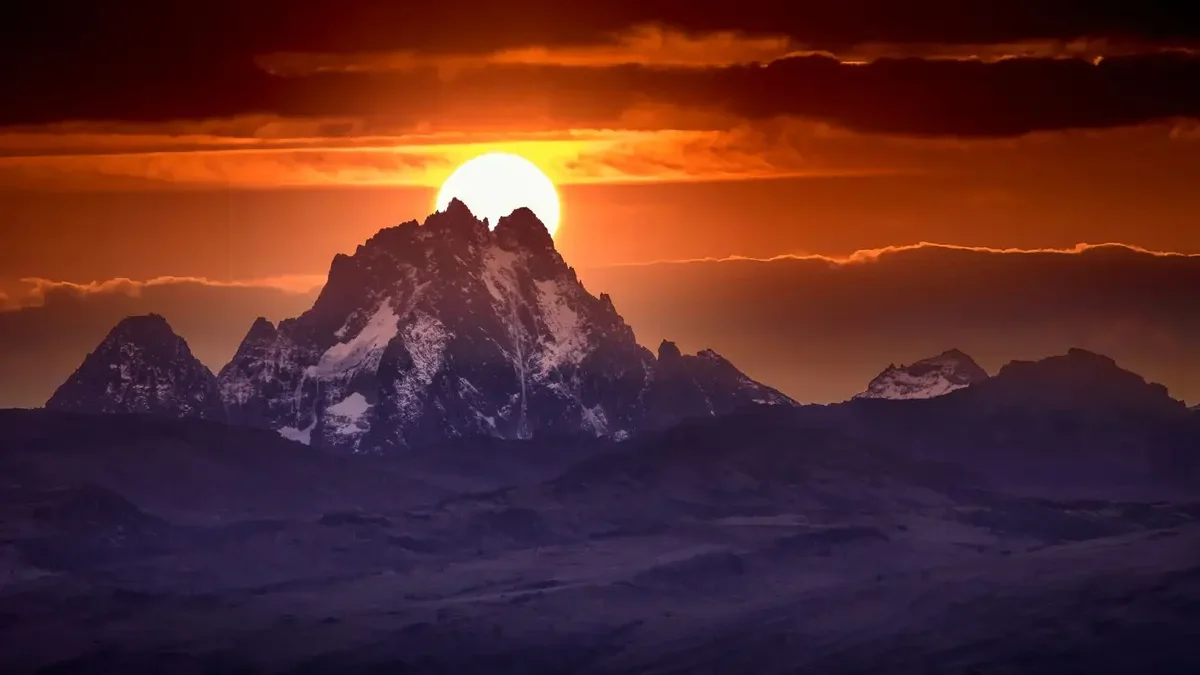
Mount Kenya: A Complete Guide for Tourists
Mount Kenya, Africa’s second-highest peak, is an awe-inspiring and diverse destination that offers a unique combination of breathtaking landscapes, challenging climbs, and rich biodiversity. Located in central Kenya, this majestic mountain is both a UNESCO World Heritage Site and a significant natural landmark. This comprehensive guide provides detailed information about Mount Kenya, including its history, major attractions, unique features, and practical tips for tourists.
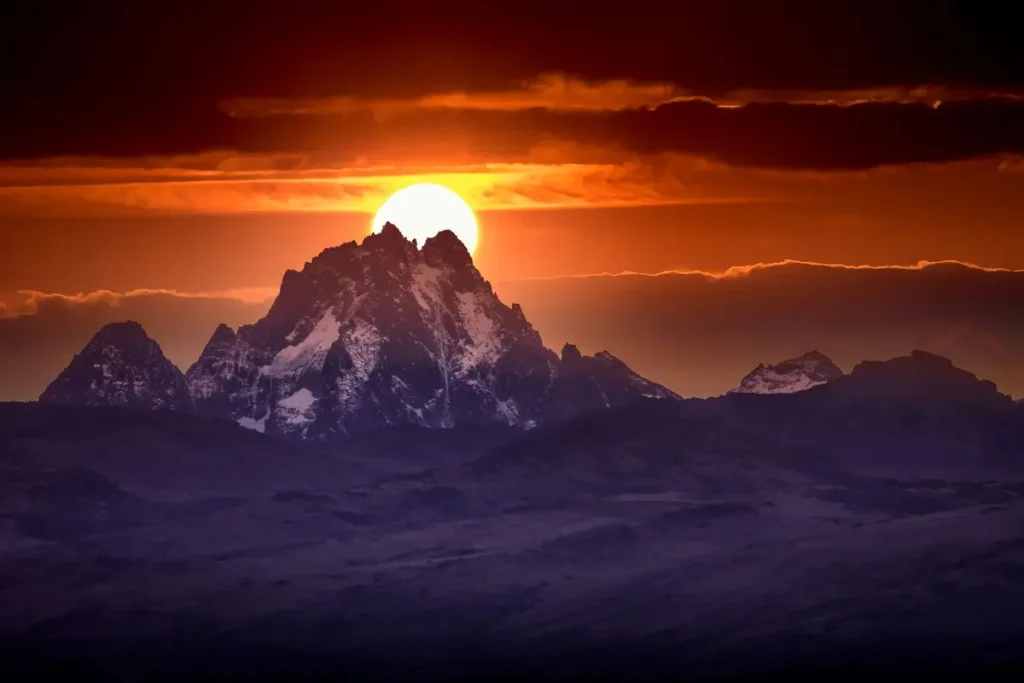
Historical Background
Geological Formation
Mount Kenya is a stratovolcano that was formed approximately three million years ago during the Pleistocene epoch. It originally rose to over 6,500 meters (21,325 feet) but has been significantly eroded over time to its current height of 5,199 meters (17,057 feet). The mountain consists of three main peaks: Batian (5,199 meters), Nelion (5,188 meters), and Point Lenana (4,985 meters).
Cultural Significance
Mount Kenya holds great cultural and spiritual significance for the local Kikuyu people, who regard it as the home of their god Ngai. The Kikuyu believe that Ngai resides at the summit, and the mountain’s name in Kikuyu, “Kirinyaga,” means “place of brightness” or “mountain of whiteness,” reflecting its snow-capped peaks.
Exploration and Climbing History
The first recorded ascent of Mount Kenya was made by British geographer Halford Mackinder in 1899, who reached the summit of Batian. Since then, the mountain has attracted climbers and adventurers from around the world, drawn by its challenging routes and stunning scenery.
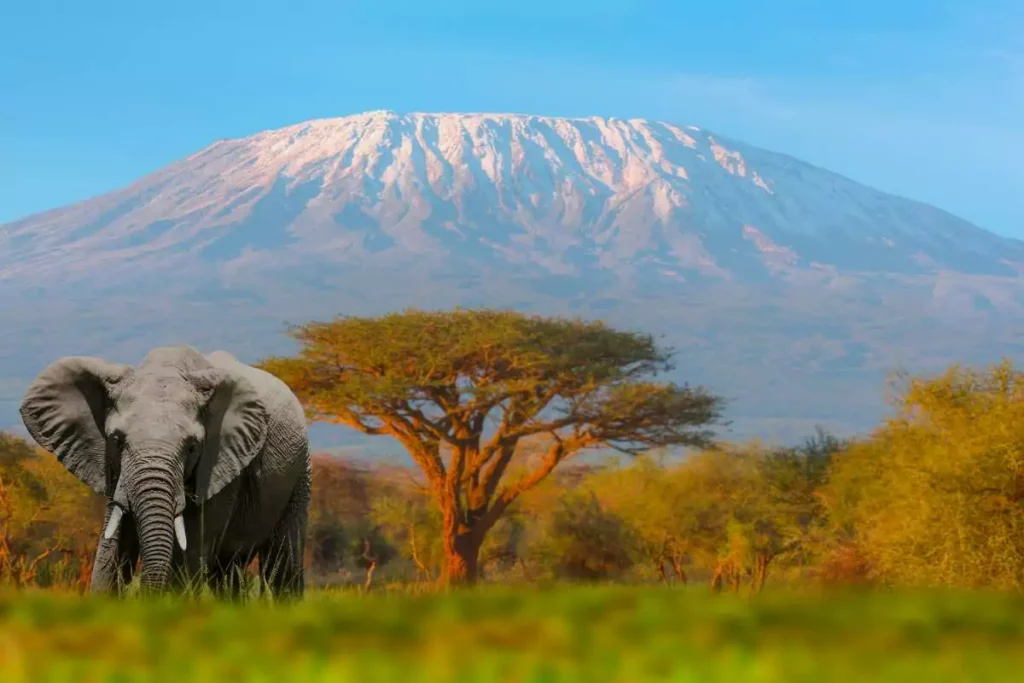
Major Attractions
Peaks and Climbing Routes
Mount Kenya offers several climbing routes that cater to different skill levels, from experienced mountaineers to novice hikers.
- Batian and Nelion: These twin peaks are the highest and most challenging to climb. They require technical rock climbing skills and are recommended for experienced climbers.
- Point Lenana: The third-highest peak is the most accessible and popular among trekkers. Reaching Point Lenana does not require technical climbing skills, making it suitable for fit hikers.
Routes to the Summit
There are three main trekking routes to Point Lenana:
- Sirimon Route: Known for its scenic beauty, the Sirimon Route approaches from the northwest and offers gradual acclimatization. It is the most popular route due to its diverse landscapes and abundant wildlife.
- Chogoria Route: Considered the most picturesque, the Chogoria Route approaches from the east. It features dramatic landscapes, including the stunning Gorges Valley and Lake Michaelson.
- Naro Moru Route: The shortest and steepest route, Naro Moru is favored by those seeking a quicker ascent. However, it has fewer scenic views compared to the other routes.
Flora and Fauna
Mount Kenya is renowned for its rich biodiversity, which varies with altitude. The mountain’s ecosystems range from montane forests to alpine moorlands and glacial peaks.
- Montane Forests: The lower slopes are covered in dense forests, home to animals such as elephants, buffaloes, and monkeys. The forests are also rich in birdlife, including turacos and hornbills.
- Bamboo Zone: Above the montane forests lies a belt of bamboo, which provides habitat for various wildlife species.
- Heather and Moorlands: The higher altitudes feature heath and moorlands, with unique plant species such as giant lobelias and groundsels.
- Alpine Zone: The alpine zone, above 3,500 meters, is characterized by sparse vegetation and rocky terrain, offering stunning views of glaciers and snowfields.
Lakes and Glaciers
Mount Kenya is dotted with several beautiful glacial lakes, adding to its scenic allure.
- Lake Ellis: Located on the Chogoria Route, Lake Ellis offers a serene setting for camping and fishing.
- Lake Michaelson: Situated in the Gorges Valley, this picturesque lake is surrounded by cliffs and provides a stunning backdrop for photography.
- Lewis Glacier: The largest glacier on Mount Kenya, located near Point Lenana, offers a striking contrast to the surrounding rocky terrain.
Wildlife
Mount Kenya is home to a diverse range of wildlife, including:
- Large Mammals: Elephants, buffaloes, leopards, and various antelope species can be found in the lower forests.
- Primates: Colobus monkeys, sykes monkeys, and vervet monkeys are commonly seen in the forested areas.
- Birds: The mountain hosts over 130 bird species, including the endangered Abbott’s starling and Jackson’s francolin.

Activities for Tourists
Trekking and Hiking
Trekking is the most popular activity on Mount Kenya. The mountain offers a range of trekking options, from day hikes to multi-day expeditions. Popular trekking routes include:
- Day Hikes: Shorter treks, such as the hike to Met Station on the Naro Moru Route, are ideal for those with limited time.
- Multi-Day Treks: The Sirimon, Chogoria, and Naro Moru routes offer multi-day treks that provide a comprehensive experience of the mountain’s diverse landscapes.
Rock Climbing
For experienced climbers, Mount Kenya offers challenging rock climbing opportunities on its highest peaks, Batian and Nelion. The technical routes require proper equipment and expertise, making them suitable for advanced climbers.
Wildlife Viewing
The lower slopes of Mount Kenya are excellent for wildlife viewing. Guided walks and game drives offer opportunities to see elephants, buffaloes, and other wildlife in their natural habitat.
Bird Watching
Bird watchers will find Mount Kenya a paradise, with its diverse avian population. The montane forests and moorlands are particularly rich in birdlife, making them ideal for bird watching excursions.
Fishing
Fishing enthusiasts can enjoy trout fishing in the clear mountain streams and lakes, such as Lake Ellis and Lake Rutundu. Fishing permits are required and can be obtained from the Kenya Wildlife Service.
Cultural Tours
Cultural tours to nearby Kikuyu and Meru villages provide insights into the local way of life. Visitors can learn about traditional customs, participate in cultural activities, and purchase handmade crafts.
Accommodation Options
Mount Kenya offers a variety of accommodation options to suit different preferences and budgets.
Mountain Huts and Campsites
For trekkers and climbers, mountain huts and campsites provide basic accommodations along the main routes.
- Old Moses Camp: Located on the Sirimon Route, Old Moses Camp is a popular starting point for treks.
- Shipton’s Camp: Situated at 4,200 meters on the Sirimon Route, Shipton’s Camp offers stunning views of the peaks.
- Mackinder’s Camp: Located on the Naro Moru Route, Mackinder’s Camp is a common base for summit attempts.
Lodges and Hotels
Several lodges and hotels near Mount Kenya offer comfortable accommodations with modern amenities.
- Fairmont Mount Kenya Safari Club: This luxurious resort offers elegant rooms, fine dining, and a range of recreational activities.
- Serena Mountain Lodge: Situated on the slopes of Mount Kenya, this lodge offers cozy rooms, a restaurant, and wildlife viewing opportunities.
- Castle Forest Lodge: Nestled in the forested foothills, Castle Forest Lodge offers rustic cottages and a tranquil setting.
Eco-Lodges and Camps
Eco-lodges and camps provide environmentally friendly accommodations that blend with the natural surroundings.
- Batian’s View: An eco-lodge offering comfortable accommodations and stunning views of the mountain.
- Rutundu Log Cabins: Located near Lake Rutundu, these rustic log cabins provide a peaceful retreat in a pristine setting.
Practical Tips for Visiting Mount Kenya
Best Time to Visit
The best time to visit Mount Kenya depends on the desired activities:
- January to February and August to September: These are the driest months, offering the best conditions for trekking and climbing.
- June to October: The long dry season is also a good time for trekking, with fewer crowds and pleasant weather.
- March to May and November to December: These are the wettest months, with heavy rainfall making trails slippery and challenging. However, the landscape is lush and green, and fewer tourists mean a more solitary experience.
Getting There
Mount Kenya is accessible by both road and air.
- By Road: The mountain is approximately 175 kilometers (109 miles) north of Nairobi. The drive takes about 3-4 hours. The main access towns are Nanyuki on the west and Chogoria on the east.
- By Air: Nanyuki has a small airport with regular flights from Nairobi. From Nanyuki, visitors can arrange transportation to the park gates.
Permits and Fees
Visitors to Mount Kenya National Park are required to pay entrance fees, which can be obtained at the park gates or through the Kenya Wildlife Service.
- Park Entrance Fees: Fees vary for citizens, residents, and non-residents. It is advisable to check the latest rates before visiting.
- Climbing Permits: Climbing permits are required for those attempting the technical peaks of Batian and Nelion.
What to Pack
- Clothing: Layered clothing is essential to cope with the varying temperatures. Pack lightweight, breathable clothing for the lower slopes and warmer layers for the higher altitudes. A good waterproof jacket and pants are also necessary.
- Footwear: Sturdy, waterproof hiking boots are essential for trekking and climbing.
- Equipment: For technical climbs, bring appropriate climbing gear such as ropes, harnesses, and helmets.
- Sun Protection: Bring a hat, sunglasses, and sunscreen to protect against the strong sun at higher altitudes.
- Camping Gear: If planning to camp, pack a good-quality sleeping bag, tent, and cooking equipment.
- First Aid Kit: A basic first aid kit is essential, including altitude sickness medication, blister treatment, and any personal medications.
Health and Safety
- Altitude Sickness: Acclimatization is crucial to avoid altitude sickness. Ascend slowly, take rest days, and stay hydrated.
- Vaccinations: Ensure you are up-to-date on vaccinations, including those for yellow fever, typhoid, and hepatitis A and B. Consult your healthcare provider for recommendations.
- Malaria Prevention: The lower slopes of Mount Kenya are malaria-risk areas. Take prophylactic medication as prescribed and use insect repellent.
- Water and Food Safety: Drink bottled or treated water and be cautious with food, especially from street vendors.
Conservation and Responsible Tourism
Visitors to Mount Kenya are encouraged to support conservation efforts and practice responsible tourism:
- Leave No Trace: Carry out all trash and leave no waste behind. Respect the natural environment and avoid damaging plants and wildlife.
- Support Local Communities: Engage with and support local communities by purchasing handmade crafts and participating in cultural tours.
- Stay on Trails: Stick to designated trails to minimize environmental impact and reduce the risk of getting lost.
Unique Features and Emotional Impact
Spectacular Scenery
Mount Kenya’s diverse landscapes, from lush forests to alpine meadows and glacial peaks, offer some of the most stunning scenery in Africa. The ever-changing vistas provide endless opportunities for photography and nature appreciation.
Rich Biodiversity
The mountain’s rich biodiversity, including unique plant species and abundant wildlife, makes it a haven for nature lovers. The chance to see rare and endemic species adds to the excitement of exploring Mount Kenya.
Challenging Climbs
For adventure seekers, the challenging climbs of Mount Kenya provide an exhilarating experience. The sense of achievement upon reaching the summit, coupled with the breathtaking views, creates lasting memories.
Cultural Connection
Engaging with the local Kikuyu and Meru communities offers a deeper understanding of the cultural significance of Mount Kenya. The mountain’s spiritual and historical importance adds a profound dimension to the visit.
Sense of Tranquility
The serene and pristine environment of Mount Kenya provides a peaceful retreat from the hustle and bustle of everyday life. The quiet trails, clear mountain air, and stunning natural beauty offer a sense of tranquility and rejuvenation.
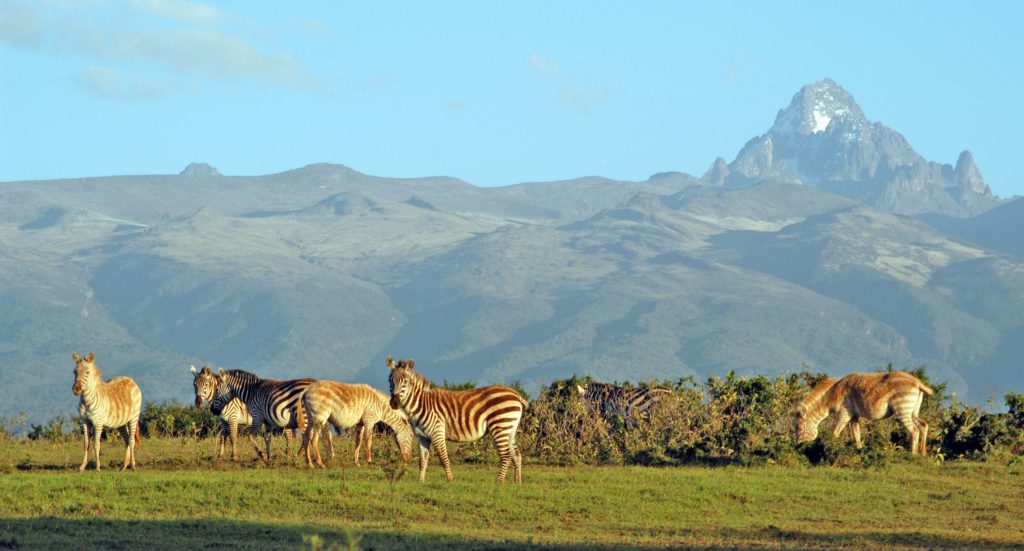
Conclusion
Mount Kenya, with its majestic peaks, rich biodiversity, and cultural significance, stands as one of Africa’s premier destinations for adventure and nature enthusiasts. From the challenging climbs of Batian and Nelion to the accessible trek to Point Lenana, the mountain offers a range of experiences for visitors. The stunning landscapes, diverse wildlife, and cultural interactions make every visit to Mount Kenya a unique and memorable adventure.
As a must-visit destination, Mount Kenya invites travelers to immerse themselves in the wonders of this iconic mountain. Whether trekking through its diverse ecosystems, scaling its towering peaks, or engaging with the local communities, visitors are sure to leave with lasting memories and a deep connection to this extraordinary place.
Plan your visit to Mount Kenya, embrace its unique features and natural beauty, and discover why it remains one of the most beloved and iconic destinations in the world. From its spectacular scenery and rich biodiversity to its challenging climbs and cultural significance, Mount Kenya offers a magical journey into the heart of Africa’s wild beauty.
Links
Go To Europe
Go to Asia
Go To Africa
Go to America
thecoins24 Bitcoin News Cryptocurrency airdrop theforex24 Forex News Aypa Group Aypa Website developer Aypa SEO
italyeducation تحصیل در ایتالیا تحصیل رایگان در ایتالیا پذیرش تحصیلی در ایتالیا دانشگاه های ایتالیا بورسیه تحصیلی ایتالیا Aypa Digital Marketing Forex Calculator
-
Mount Kenya: A Complete Guide for Tourists
Mount Kenya: A Complete Guide for Tourists Mount Kenya, Africa’s second-highest peak, is an awe-inspiring and diverse destination that offers a unique combination of breathtaking landscapes, […]

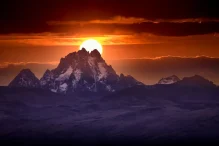

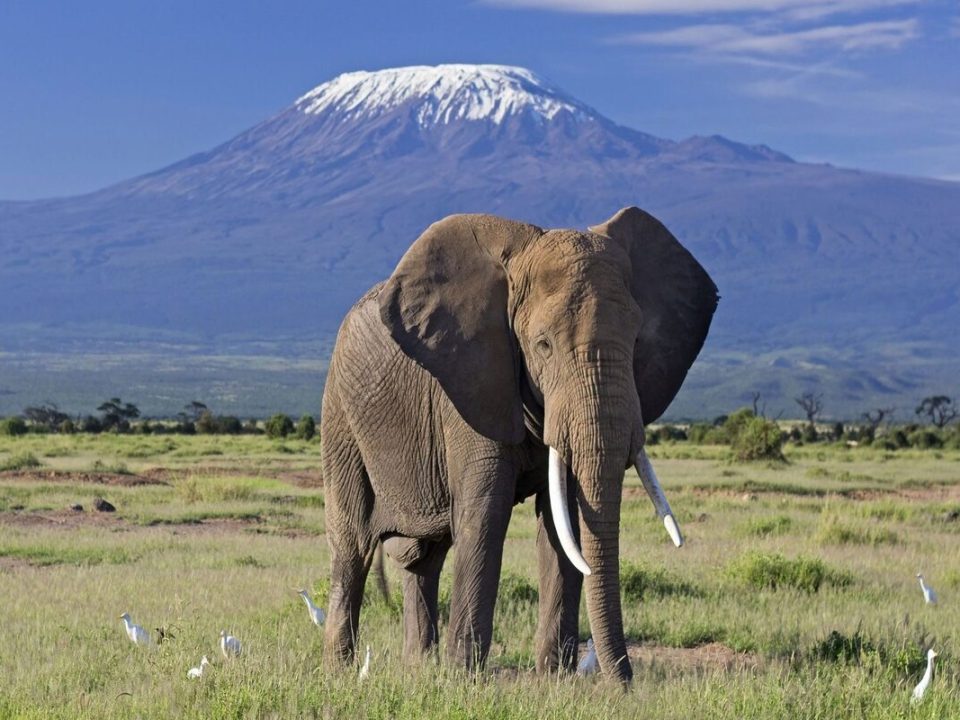
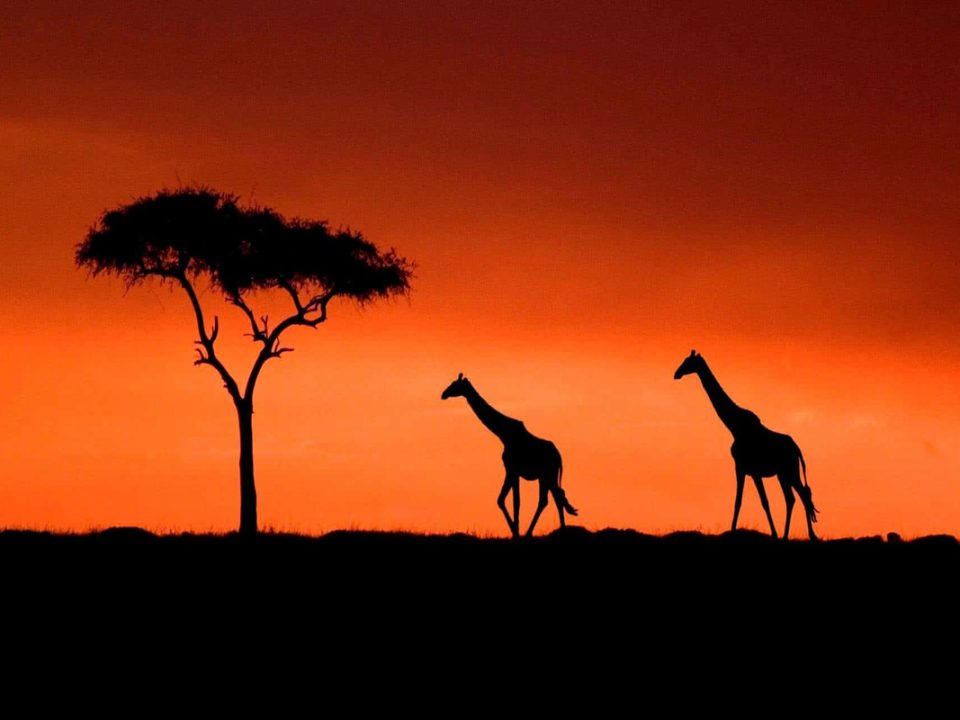
5 Comments
website SEO Website develop Digital Marketing
Go To Trip
The Forex 24
The Coins 24
cryptocurrency
Forex news
Forex calculator
Learn Italy Online
Learn Spain Online
Learn France Online
پزشکی در ایتالیا
تحصیل در ایتالیا
Hiya very cool site!! Man .. Beautiful .. Superb .. I will bookmark
your site and ttake the feeds additionally? I’m satisfied to find so
many heppful info here within the submit, we need wolrk out extra techniques on this regard,
tjanks for sharing. . . . . . https://lvivforum.pp.ua/